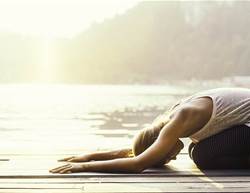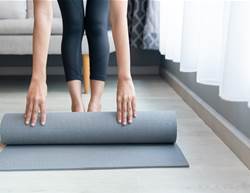Learn how to nix the ouch while logging kilmoetres, no matter your age.
While 50 might be the new 40, there’s no denying that as we get older, our bodies change. What you were able to do just a few years ago may now leave your muscles feeling extra sore, and that's understandable. But just because your 10K training run leaves you super achy (and perhaps unable to do your easy 3km shake out run the following day), don't give up. We asked real women runners 50 and over to share their secrets to avoiding agony.
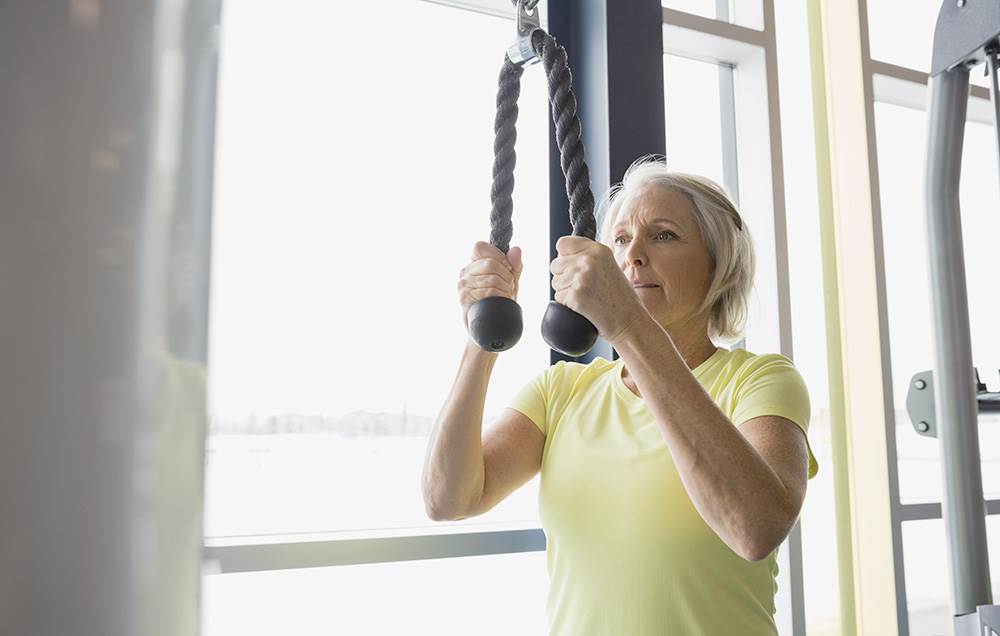

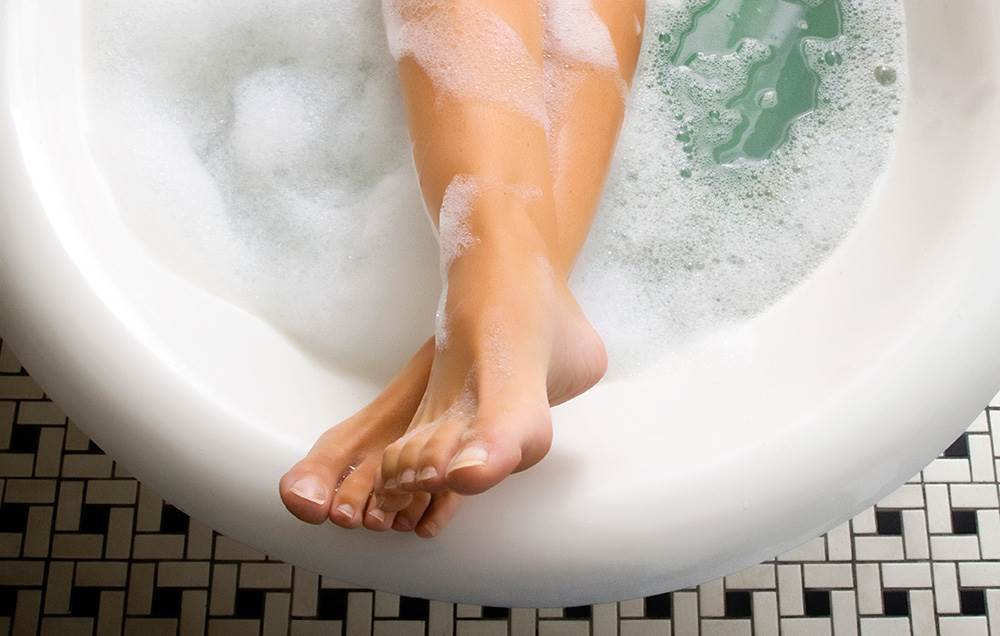
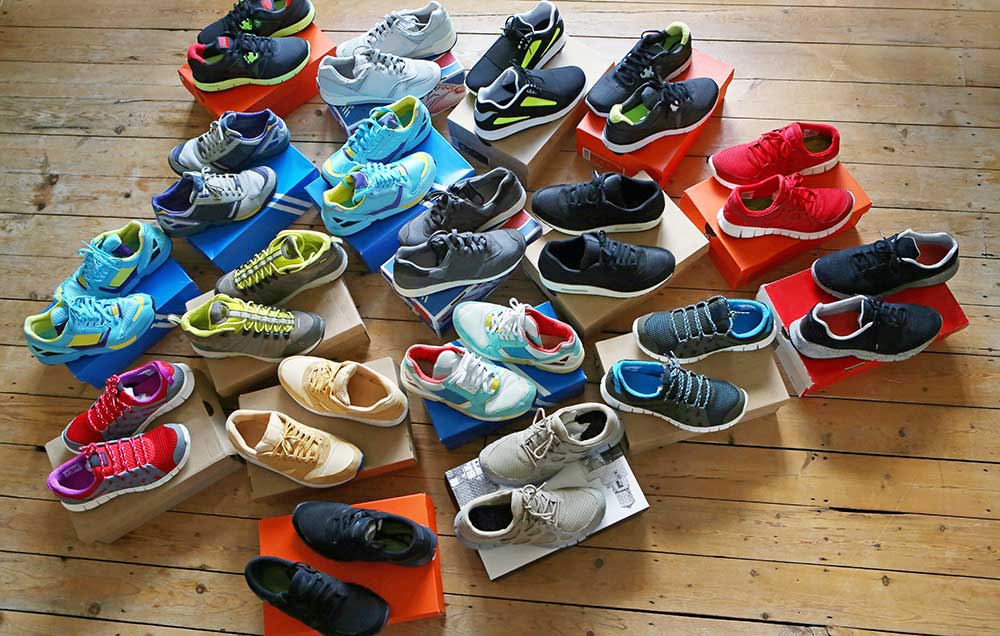

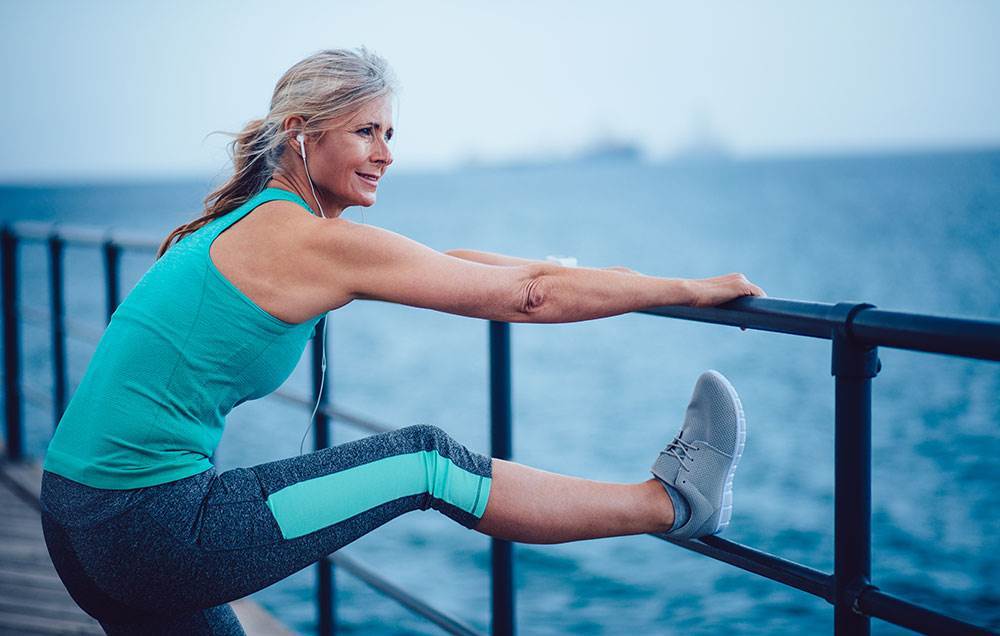


Pay Attention To Your Pain
“Nothing good has ever come from training through pain! If running is causing any sort of pain, I always opt to do non-impact cardio until the pain has completely subsided. But my favourite preventative strategy involves strength training : I have had the same lifting partner for over 25 years. Even through we are both in our 50s, we can lift almost as much as we did over 30 years ago. Training consistently—at least two days per week—and having a partner who helps keep me accountable has been a tremendous help.”
—Carla Criste, 53, assistant director of athletics and head women’s track and field coach at the United States Naval Academy who's been running since age 13
Stay Limber
“I have had my share of injuries over several decades of running and racing, but it looks like yoga might be my secret ingredient to—knock on wood—staying fairly injury-free. I started practicing regularly seven years ago, and it has made a big difference. After running for kilometres, getting on the mat during yoga sessions allows me to quiet down and identify tight 'hot' spots while I'm stretching and strengthening during. The yoga poses also hit the tiny muscles and areas that I frequently miss during my quick post-run stretching.” —Stefani Jackenthal, 51, running since age 10
Practice Self-Care
“After a long run, I always soak in a warm Epsom salt bath. I’m a bit stubborn when it comes to taking anti-inflammatory medication—I prefer not to do it because I'm weary of the side effects—so the baths help. I also avoid wearing high heels while I am in training to avoid putting extra stress on my muscles, take full advantage of my rest days, and I eat plenty of protein and drink lots of water.” —Wendy Stella, 52, running since age 47
Rotate Your Running Shoes
“I make sure my running shoes have not worn down. They should be replaced every six months or so depending on the distance you run.” —Cheryl Kardish-Levitan, 63, running since age 21
Resist Being Sedentary
“I run three to four days per week, no more, preferably outside. I also try not to sit for prolonged periods of time at work or at home.” —Brenda Koehler, 52, running since age 20
Maintain Balance
“I run in the fringes. Most people spend so much time in the middle they never let their body recover. Hard runs are no more than 20 percent of my runs, and easy runs should be so easy you could hold a conversation the entire time. Keeping the hard, hard and easy, easy not only keeps you pain-free but also fast.” —Michelle Handren, about to turn 50, running since age 37



.jpg&h=90&w=90&c=1&s=1)



